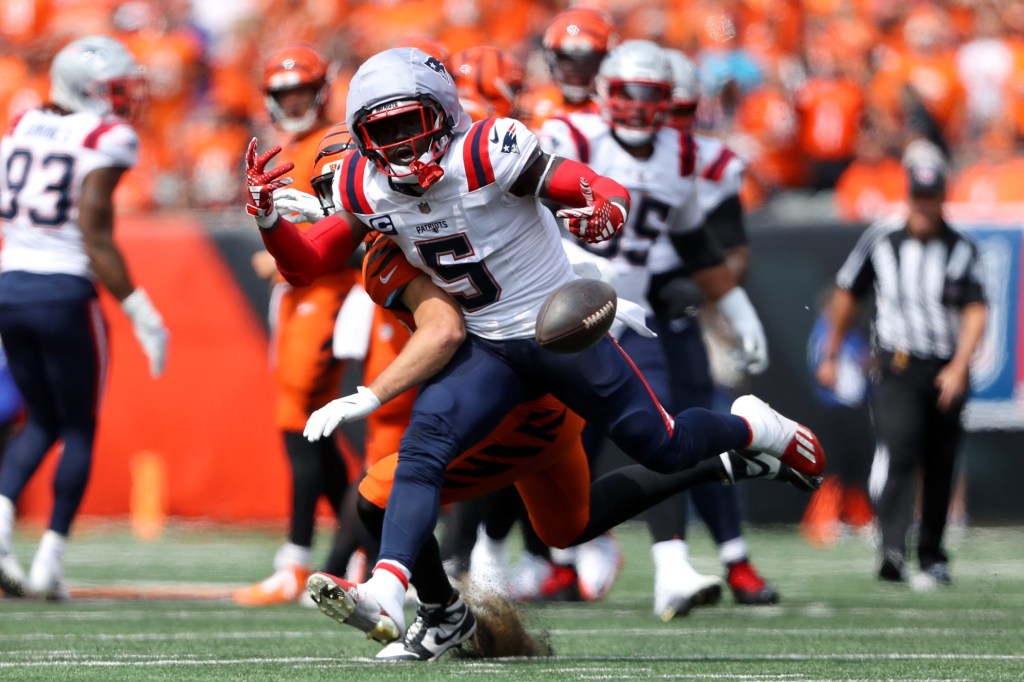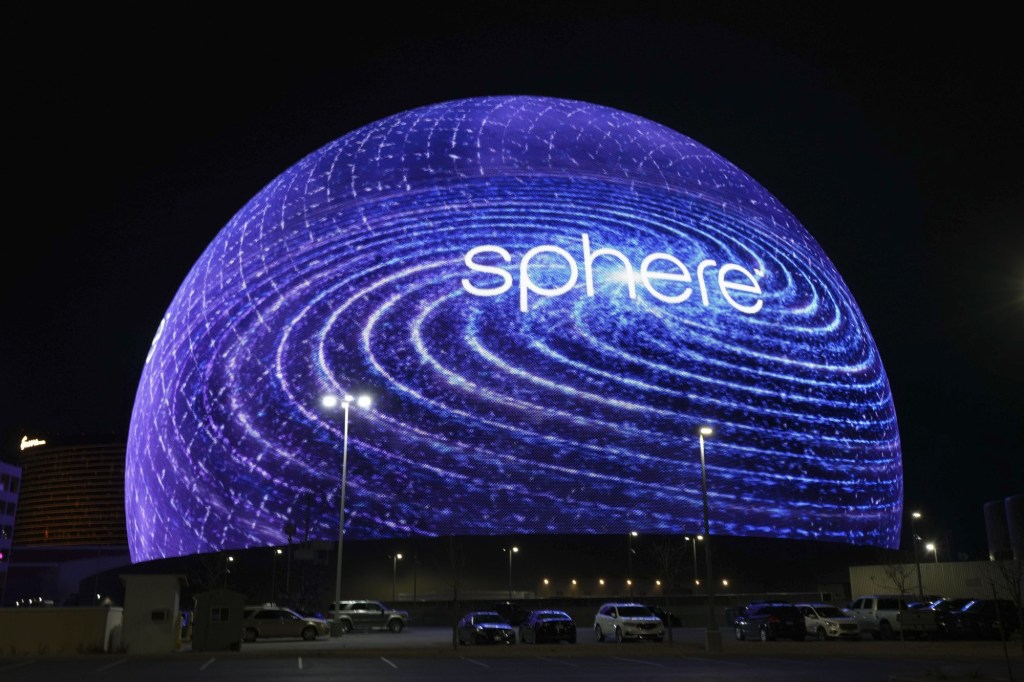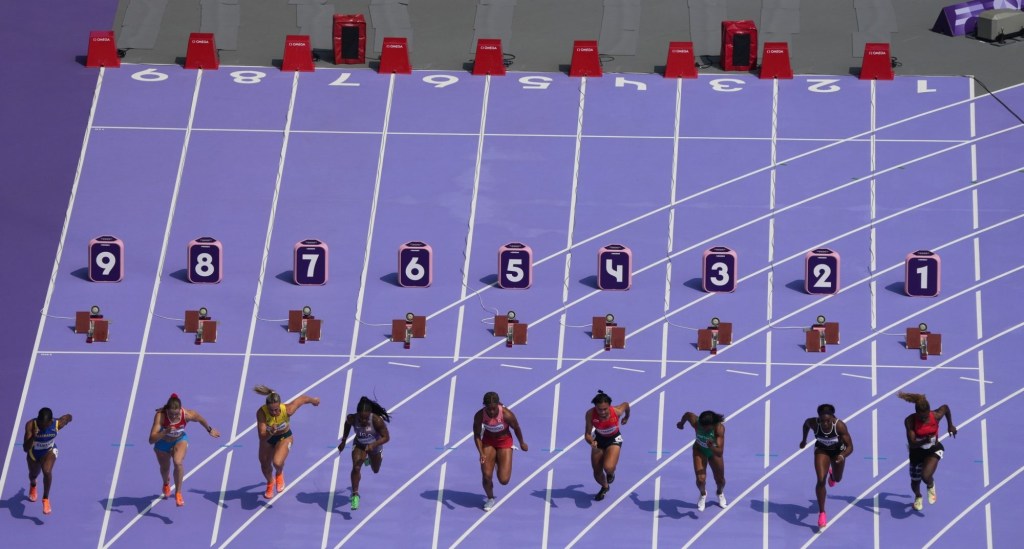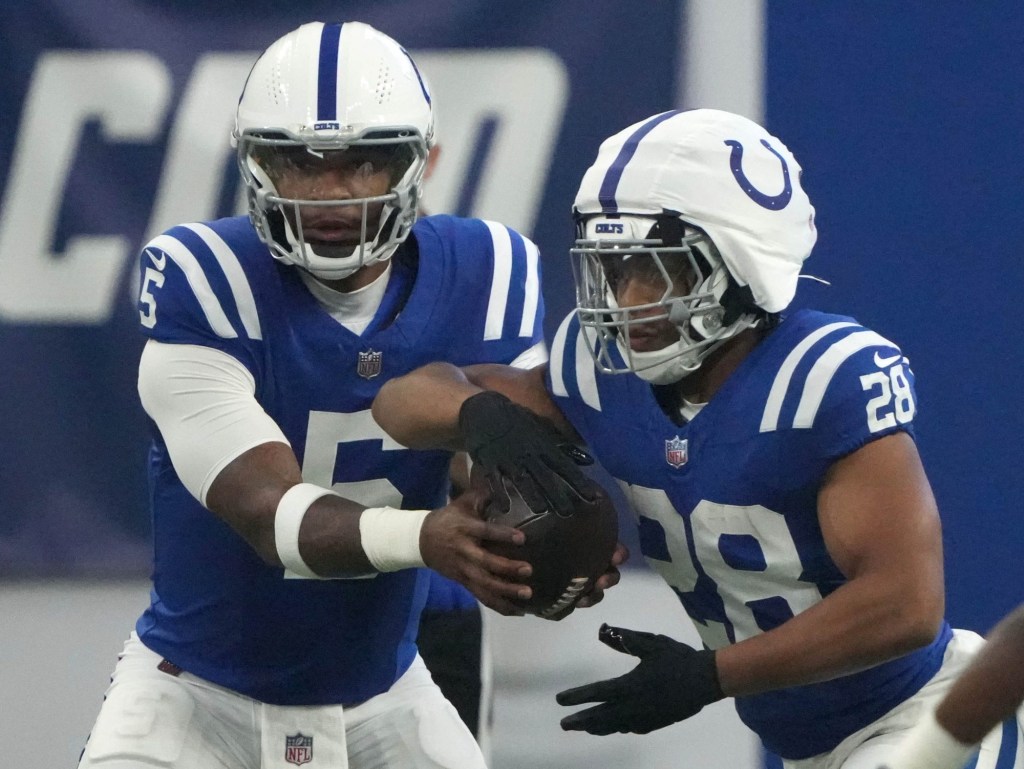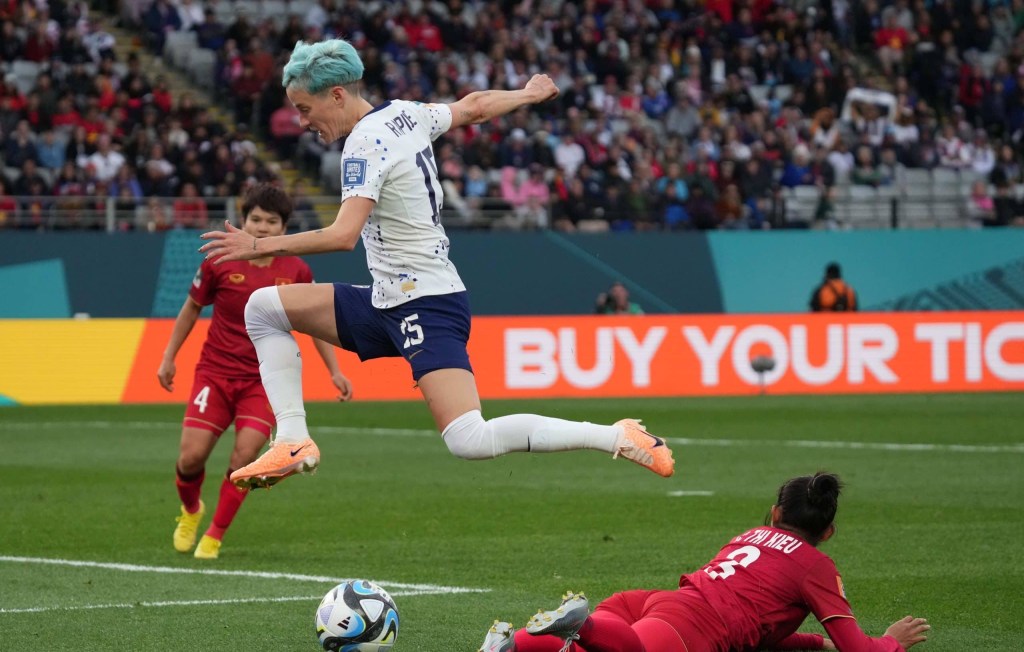
Outside of the rise of social media, AR and VR technology are some of the more influential factors the sports industry has seen over the course of the last 3-5 years.
With leagues such as the NBA dedicating Summer League games to testing AR capabilities and Major League Baseball offering fans the opportunity to compete in a VR Home Run Derby, that of course was won by a nine-year-old, the two technologies have created the immense opportunity for teams to create new experiences that fans won’t be able to find anywhere else.
[the_ad_group id=”948″]
“What we have experienced so far with the sports properties on the VR and AR side is the opportunity to provide their fans access and information that is generally unavailable outside of the in-venue experience,” said James Giglio, CEO and founder of MVP Interactive, a leader in creating AR and VR activations for brands such as Coca-Cola, Bud Light, and Chase.
It’s no secret that one of the biggest challenges facing the sports industry is finding ways to get fans to the park, arena, or stadium in an era when the in-home experience is cheaper and more convenient than having to pile into a car and go to a game.
Giglio sees AR and VR as having the opportunity to provide fans an extra reason to want to attend a game.
“When teams leverage trending technology and sort of promote that to their fans as a way of drawing people into their game day experience, it’s pretty valuable.”
While many may get AR and VR confused, Giglio is quick to point out the unique differences in what each technology can provide and how the properties can leverage them to accomplish specific purposes.
“On the VR side, it’s integrating unprecedented access, whether it’s being on the field or in a locker room, you can really get fans engaged in something that they wouldn’t normally have access to,” Giglio said. “On the AR side, it’s really providing cool technology in an informative piece where, whether it’s a mobile engagement that triggers some type of overlay or a 3D image that kind of tells the story or informs the user of the brand, the overall story of what you’re looking to accomplish is pretty valuable.”
The best part about these types of experiences is that they can be packaged as new inventory for current and potential partners, giving teams a sellable asset that is dynamic rather than static.
As more and more sponsorships move away from traditional buys and focus their efforts on engaging consumers, Giglio believes that AR and VR will play larger roles in the overall activation mix.
“Sponsorships are really moving away from traditional engagements. Teams and brands now want to create experiences for fans and create a recognition and a memory for consumers.”
Where this all comes full circle is the fact that the physical AR and VR activations can be amplified via social media, providing a holistic experience for both brand and consumer.
“When you are looking at a static sign, that’s basically your engagement,” Giglio said. “When you kind of interact with these types of technology, there’s some type of opt-in where information is traded. You then participate and it creates a valuable memory and experience that can be shared across social media.”
Want more content like this? Subscribe to our daily newsletter!
Despite all of the recent advancements and investments in the technology, Giglio thinks the surface is just being scratched not only for the applications, but for the activations.
“On the sponsorship side, the sky’s the limit, really. I think being able to take that in-venue experience, memory, and technology and have it be transcended outside with the mobile engagement too, you can’t ask for anything better than that.”










